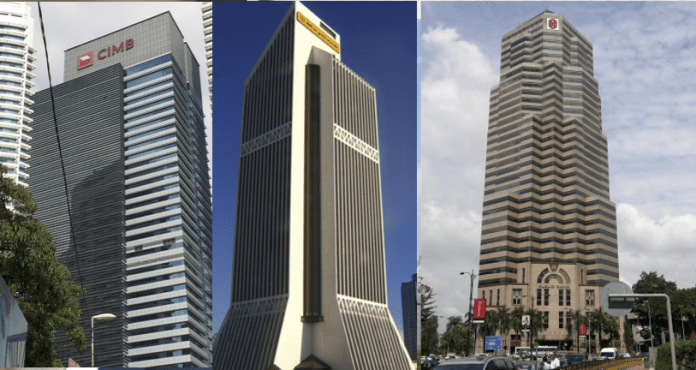RAM Ratings observed a better showing in the banking industry’s profitability in 1Q 2022. All but one of eight selected local banking groups reported a y-o-y increase in profit before tax, after adjusting for one-off items. The improvement was primarily underscored by significantly lighter impairment charges.
“Various loan relief programmes offered to borrowers amid the pandemic had temporarily suppressed bad loans. During this time, banks buttressed their loss absorption buffers by proactively setting aside more provisions through management overlays. In 1Q 2022, the average credit cost ratio of the eight banks plunged to an annualised 18 bps (1Q 2021: 57 bps; 2021: 49 bps) due to lower management overlays and even a sizeable writeback seen at one bank,” said Wong Yin Ching, RAM’s co-head of Financial Institution Ratings, during the release of the rating agency’s Banking Quarterly Roundup 1Q 2022.
“We expect the banking system’s credit cost ratio this year to come in at the lower end of our 40-50 bps guidance. For most banks, any major provision writebacks will likely take place in 2023 as the repayment trends of borrowers who have just graduated from relief assistance will become evident only in time,” Wong added.
The share of loans under repayment relief almost halved to about 8% as of end-April 2022 (based on the latest quarterly results briefings of eight selected banks) from a quarter earlier. The proportion will continue to fall as the government-led Pemulih relief programme gradually unwinds. We note that some borrowers have requested further repayment assistance from banks upon the expiration of forbearance measures. As at end-March 2022, the banking sector’s gross impaired loan ratio (GIL) stood at 1.54%, which included the impairment of two large oil and gas exposures. Loan defaults are anticipated to trend up in the coming months as borrowers resume repayments, which may see the system’s GIL ratio reach 2.5% at the end of 2022. At this level, we still view the asset quality of banks to be manageable.
The average net interest margin (NIM) of the eight selected banks narrowed slightly y-o-y (-2 bps) to an annualised 2.28% in 1Q 2022. The recent 25-bp overnight policy rate hike and a prospective further increase in 2H 2022 will be a boon to banks’ NIMs this year, although we are mindful of potentially keener deposit competition which will drive up the cost of funding. Growth of low-cost current and savings account deposits has been decelerating since early 2021.
In March 2022, the industry’s loan growth largely sustained its momentum at 4.6% y-o-y (2021: 4.6%), supported by stronger household lending while business loan expansion moderated. Full-year loan growth is projected at 4.5%-5% despite rising interest rates, driven by the gradual reopening of the economy. Banks’ core earnings before tax will see some upside this year, underpinned by more moderate impairment charges and further NIM expansion. Bottom lines will however be weighed down by Cukai Makmur, the one-off prosperity tax. Slower global economic growth amid the Russia-Ukraine war, the impact of higher inflationary pressures on consumption spending, and protracted labour shortages continue to pose downside risks.









